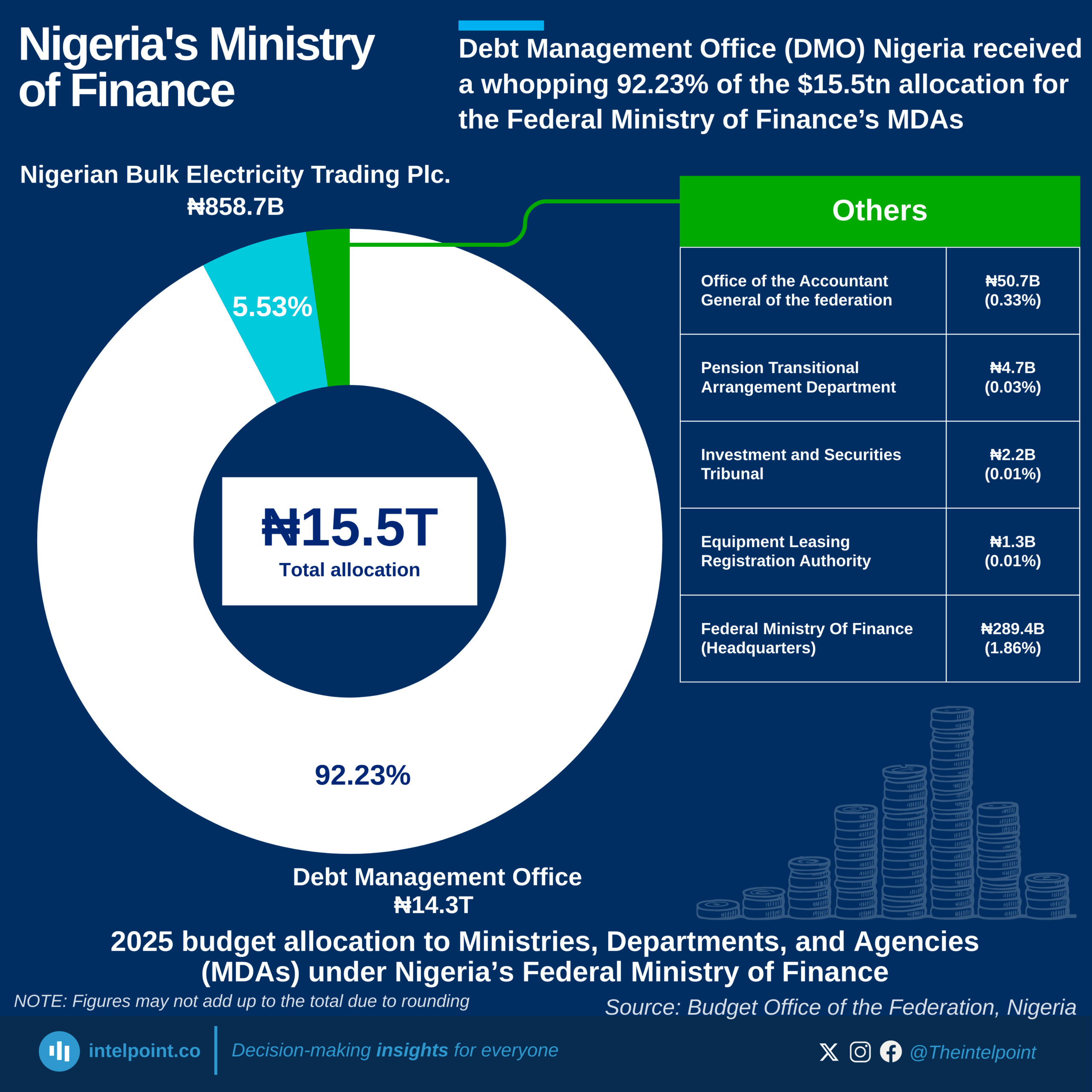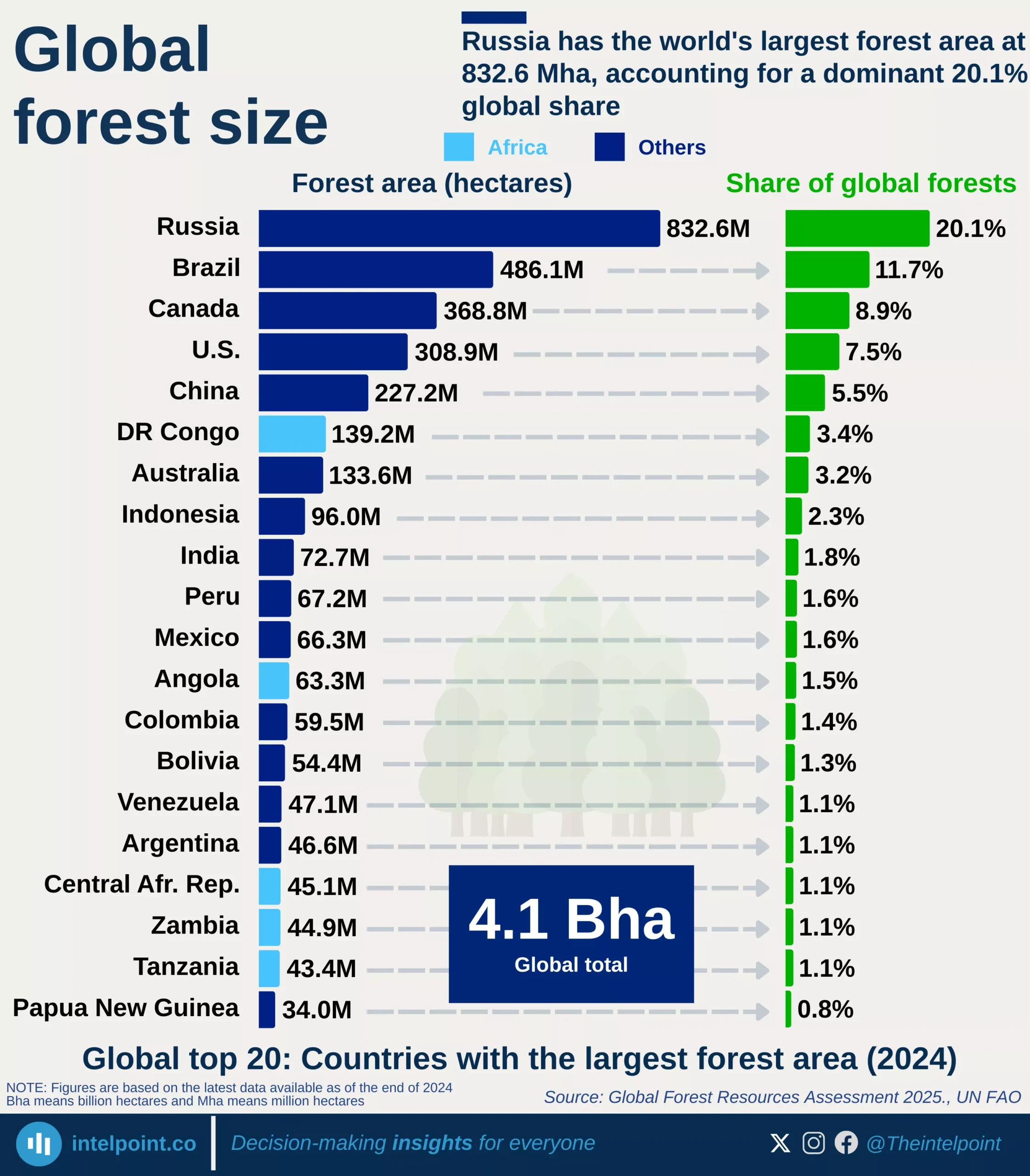The U.S. maintains 128 bases across 49 countries, with Japan alone hosting 14 — the highest single-nation total. While Japan leads individually, the Philippines (9) and South Korea (8) collectively hold 17 bases in the Asia-Pacific, highlighting the region’s strategic priority.
Europe’s footprint spans Italy (7), Germany (6), and Poland (5), reflecting NATO’s eastern focus, while Kuwait (5) anchors Middle East operations. Emerging deployments in Papua New Guinea (6) highlight Pacific militarisation efforts, contrasting with legacy hubs like Germany.





